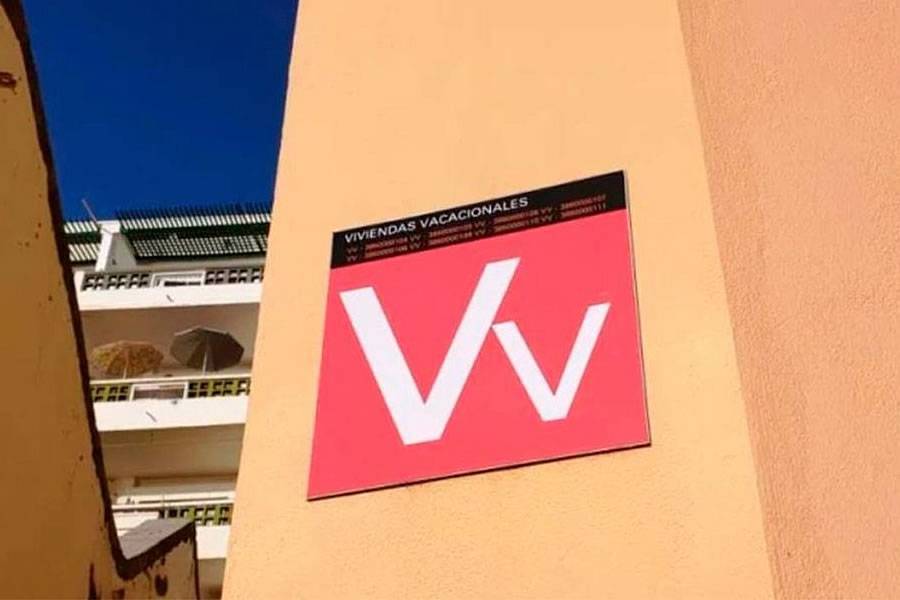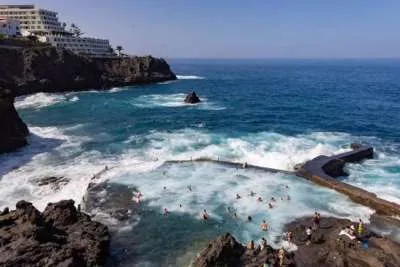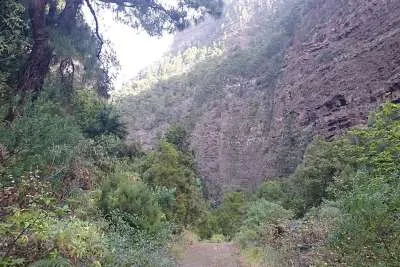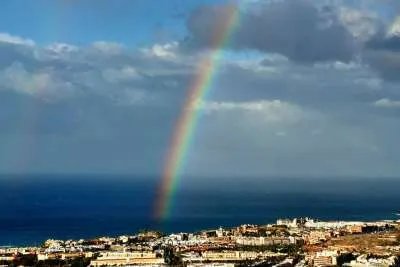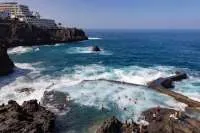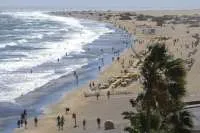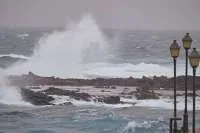The differences between ‘Holiday Homes’ and ‘Tourist Apartments’
- 03-03-2025
- National
- Canarian Weekly
- Photo Credit: Stock image
Although the terms "holiday home" and "tourist apartment" are often used interchangeably, they are distinct categories under the new rental law, each with its own regulatory implications and differences for use.
The new Law on Sustainable Management of Tourist Housing Use in the Canary Islands, commonly known as the Vacation Rental Law, is currently being processed in the Canary Islands Parliament. It explicitly prohibits changing the use of a holiday home, as defined by Decree 113/2015, to another type of tourist use, such as a tourist apartment, which is governed by Law 2/2013.
According to the Canary Islands' Department of Tourism, a tourist apartment is an "extra-hotel establishment composed of accommodation units equipped with the necessary facilities for the storage, preparation, and consumption of food." In contrast, a holiday home is defined as "a furnished and equipped property, ready for immediate use, which meets the requirements set out in the Holiday Homes Regulation of the Autonomous Community of the Canary Islands.
These properties are marketed or promoted through tourist channels and are rented temporarily and in their entirety to third parties for holiday accommodation purposes, in exchange for a fee."
While at first glance these definitions might not appear to describe radically different types of accommodation, there are significant distinctions. Holiday homes are residential units rented out occasionally, whereas tourist apartments are specifically designed and intended exclusively for tourist accommodation.
Both types of accommodation must be regulated, with property owners required to obtain a licence from the local council or regional government. However, the new law places a clear limit on the use of residential properties for tourism. Unlike tourist apartments, which are generally found in buildings or complexes dedicated entirely to tourism, holiday homes act as a hybrid between residential housing and tourist accommodation.
The new legislation aims to address the growing demand for holiday homes and protect local residents' access to housing by prohibiting the conversion of entire residential buildings to tourist use.
Under the proposed law, the urban planning of each municipality must now consider limits on the number of holiday homes permitted. Only up to 10% of the municipality’s residential development capacity can be allocated for tourist use, with this limit extended to 20% in the so-called "green islands." Previously, there were no restrictions on the number of holiday homes a municipality could accommodate.
Another crucial difference is how these accommodations are classified under tourism regulations. Tourist apartments are considered "extra-hotel accommodation" and must meet specific safety and quality standards set by local laws.
They are also classified by categories, akin to the star rating system used for hotels, which reflect their comfort and service levels. Holiday homes, on the other hand, are treated as regular houses and are only required to be habitable. They do not follow official tourism classification criteria, with their quality typically judged by user ratings on rental platforms.
The new law not only introduces planning restrictions but also reinforces the distinct status of holiday homes and tourist apartments under the legal framework. By doing so, the Canary Islands government hopes to balance the economic benefits of tourism with the need to safeguard residential housing for the local population.
Other articles that may interest you...
Trending
Most Read Articles
Featured Videos
A Vision of Elvis Tenerife Promo
- 10-05-2025
TEAs 2025 Highlights
- 17-11-2025


